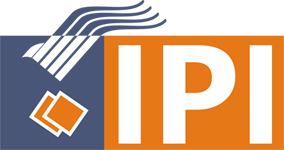Registrasion of Sound Marks in Indonesia
Abstract
Sound marks is one of the most popular technical methods today which comprises an important part of forming a well-known mark. Regarding the registration of sound marks in the Indonesian Regulations Law of Marks and Geographical Indications as well as the Minister of Law and Human Rights of the Republic of Indonesia No. 12 of 2021 concerning Amendments to No. 67 of 2016 concerning trademark registration does not provide a definition of sound mark and without an explanation of an example of a creation. This causes errors in registration. Considering that sound is a non-visual sign, but the absence of a sound mark definition and the lack of clarity on the specific requirements. This research method uses normative legal research methods related to using a statutory approach. The results of this paper indicate that the regulation of sound mark registration in Indonesia follows the general trademark registration requirements and in the case of sound mark registration in Indonesia it does not provide a clear definition so that it can lead to legal uncertainty and even multiple interpretations. In contrast to Australia, the regulation of sound mark registration guidelines is more strict, detailed and restrictive. Registration of a Sound Mark in Indonesia can be carried out by submitting an application for registration the label attached by the applicant is in the form of a notation and a sound recording, or a sonogram
Downloads

This work is licensed under a Creative Commons Attribution-NonCommercial 4.0 International License.
Jurnal Magister Hukum Udayana (Udayana Master Law of Journal) by Faculty of Law Udayana University is licensed under a Creative Commons Attribution-NonCommercial 4.0 International License.


















